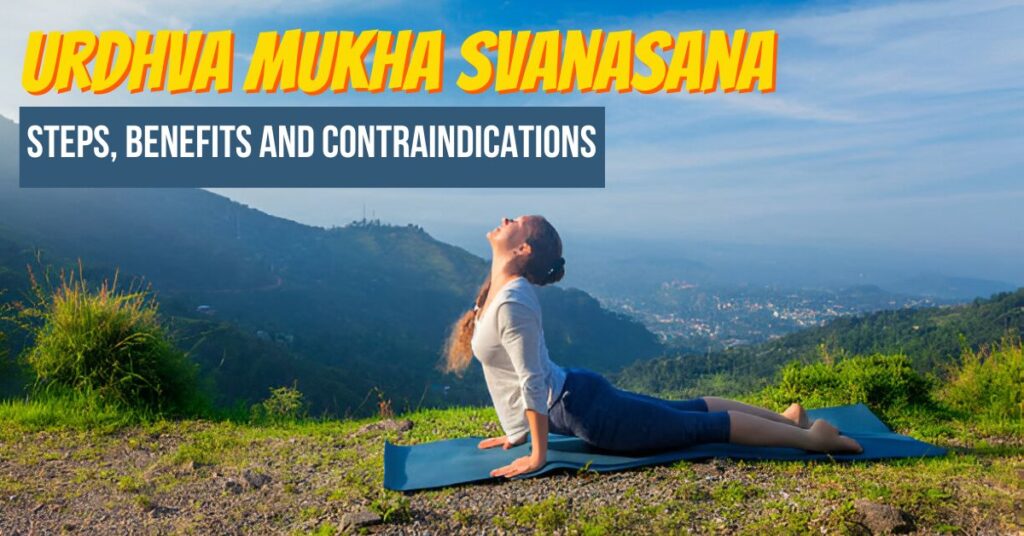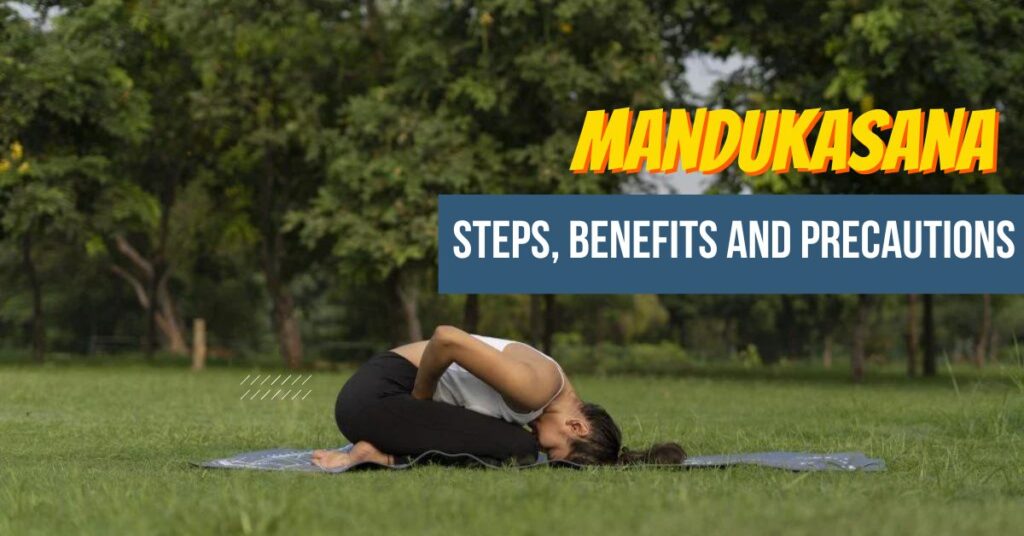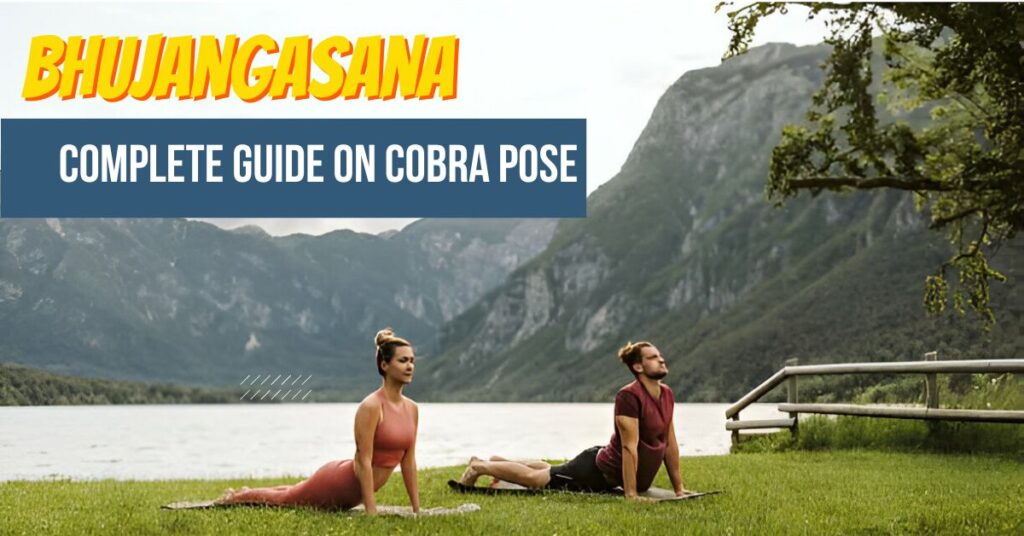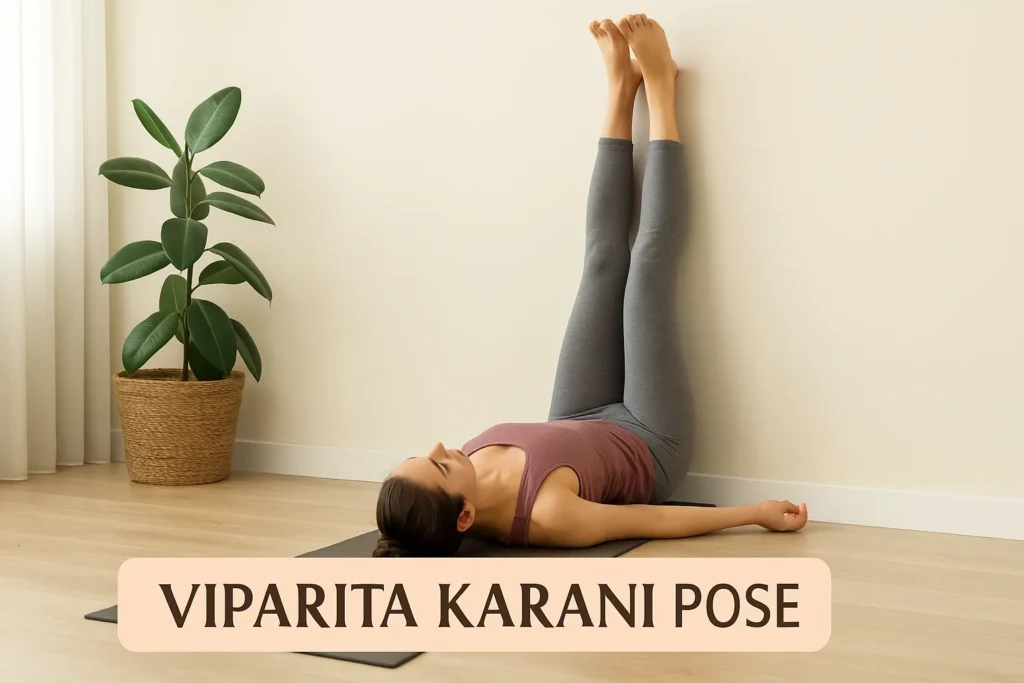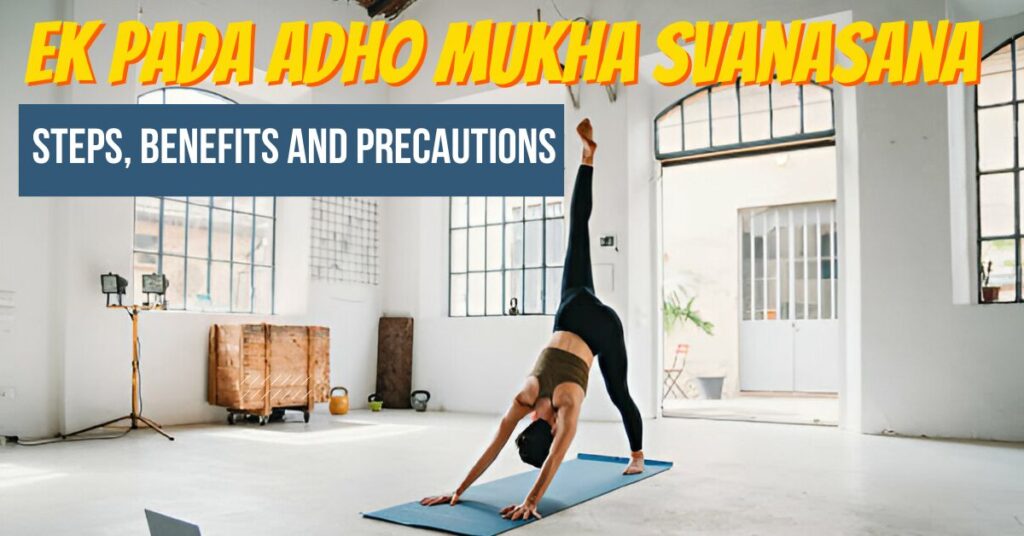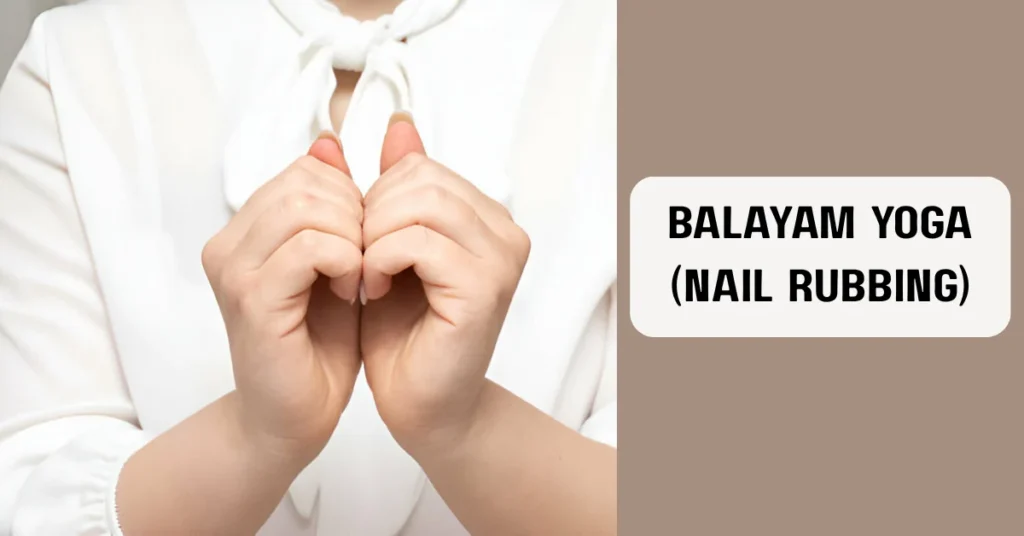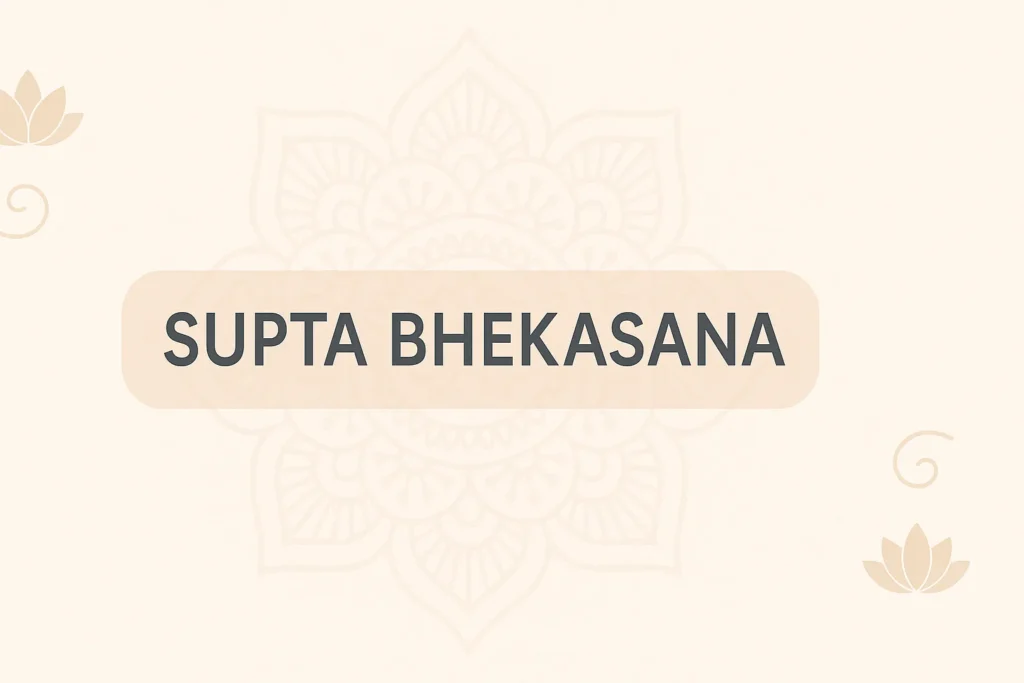In today’s fast-moving life, a strong body and a calm mind are two essential pillars we often forget to build. We spend hours sitting at desks or glued to screens, leading to weak muscles and poor balance. But yoga offers a simple yet powerful solution to regain strength, stability, and focus. One of the incredible poses that can help is Parsva Utthita Hasta Padangusthasana.
Today at Yogaasan, we will learn about what Parsva Utthita Hasta Padangusthasana is, its amazing benefits, how to perform it correctly, and who should be cautious while doing it.
What is Parsva Utthita Hasta Padangusthasana Pose?
Parsva Utthita Hasta Padangusthasana is a standing, balancing posture that focuses on extending one leg out to the side while holding the big toe with the hand. In Sanskrit, “Parsva” means side, “Utthita” means extended, “Hasta” means hand, “Padangustha” means big toe, and “Asana” means pose. In simple words, Parsva Utthita Hasta Padangusthasana is the side-extended hand-to-big-toe pose. It is a variation of the classic Utthita Hasta Padangusthasana but adds a twist to make the pose even more beneficial for balance, flexibility, and focus.
Beginners may find this pose a little challenging initially, but with consistent practice, it becomes an enjoyable part of the daily yoga flow.
Parsva Utthita Hasta Padangusthasana Benefits
Now, let’s talk about the amazing rewards you get by practicing this pose! Parsva Utthita Hasta Padangusthasana benefits the body, mind, and spirit in several ways:
- Improves Balance: This pose strengthens the muscles needed for balance and stability, especially the ankles and legs.
- Strengthens the Core: Maintaining the lift works your abdominal muscles and strengthens the lower back.
- Increases Flexibility: It stretches the hamstrings, calves, and hips beautifully.
- Enhances Focus: You can’t hold this pose without focus! It sharpens concentration and brings mental clarity.
- Opens the Hips: Parsva variation helps to open and strengthen the hip joints gently.
- Strengthens Standing Leg: The muscles of the standing leg become more toned and stable over time.
- Detoxifies the Organs: The gentle twist encourages the activation of digestive organs, promoting internal cleansing.
Regular practice brings a sense of lightness, improved posture, and even better coordination.
How To Do Side-Extended Hand-To-Big-Toe Pose?
Wondering how to master this standing balancing act? Let’s walk through it step-by-step.
- Start by standing tall in Tadasana (Mountain Pose) with your spine straight and arms at your sides.
- Shift your weight onto your left leg, keeping it strong and active.
- As you inhale, lift your right knee toward your chest.
- Reach for the big toe of your right foot with your right hand. You can use a strap if reaching the toe feels difficult.
- Keep your spine straight and begin to extend your right leg forward as much as you can.
- Once stable, slowly take your right leg out to the right side while keeping the left hand on the hip.
- Keep the standing leg firm and the chest lifted.
- Hold this side stretch for 5 to 8 deep breaths, feeling the strength and balance.
- To come out, bring the leg back to the center, release the hand, and lower the leg.
- Repeat the same steps on the other side.
Tip: Focus your gaze softly on a single point (drishti) in front of you. This makes balancing much easier.
At Yogaasan, we always recommend practicing such standing postures near a wall initially, so you feel safer while building strength.
Parsva Utthita Hasta Padangusthasana Contraindications
While this pose offers countless benefits, it’s important to practice safely. Let’s look at when you should avoid or modify Parsva Utthita Hasta Padangusthasana:
- People suffering from ankle, knee, or hip injuries should avoid this pose.
- Individuals with lower back issues should practice with caution and not strain to extend the leg too much.
- Pregnant women should avoid deep twists and balance-focused poses unless under expert guidance.
- Beginners who struggle with balance should use a yoga strap or practice near a wall for support.
- Anyone with dizziness, vertigo, or blood pressure fluctuations should avoid holding the pose for long periods.
Listening to your body is the golden rule in yoga. Remember, progress is more important than perfection.
Conclusion
Parsva Utthita Hasta Padangusthasana is not just about physical balance, but about finding that delicate balance between effort and ease in life too. By regularly practicing this pose, you strengthen your legs, improve flexibility, activate your core, and boost your mental focus. It may look challenging at first, but with patience, practice, and the right guidance, it becomes one of the most rewarding poses in your yoga journey.
Yoga is not about how far you can stretch your leg, but how deeply you can connect with your body. And Side-Extended Hand-To-Big-Toe Pose is the perfect example of this beautiful philosophy. Keep exploring more poses with Yogaasan like Ardha Chandrasana, Vrikshasana, and Natarajasana to deepen your balance and strength journey!
